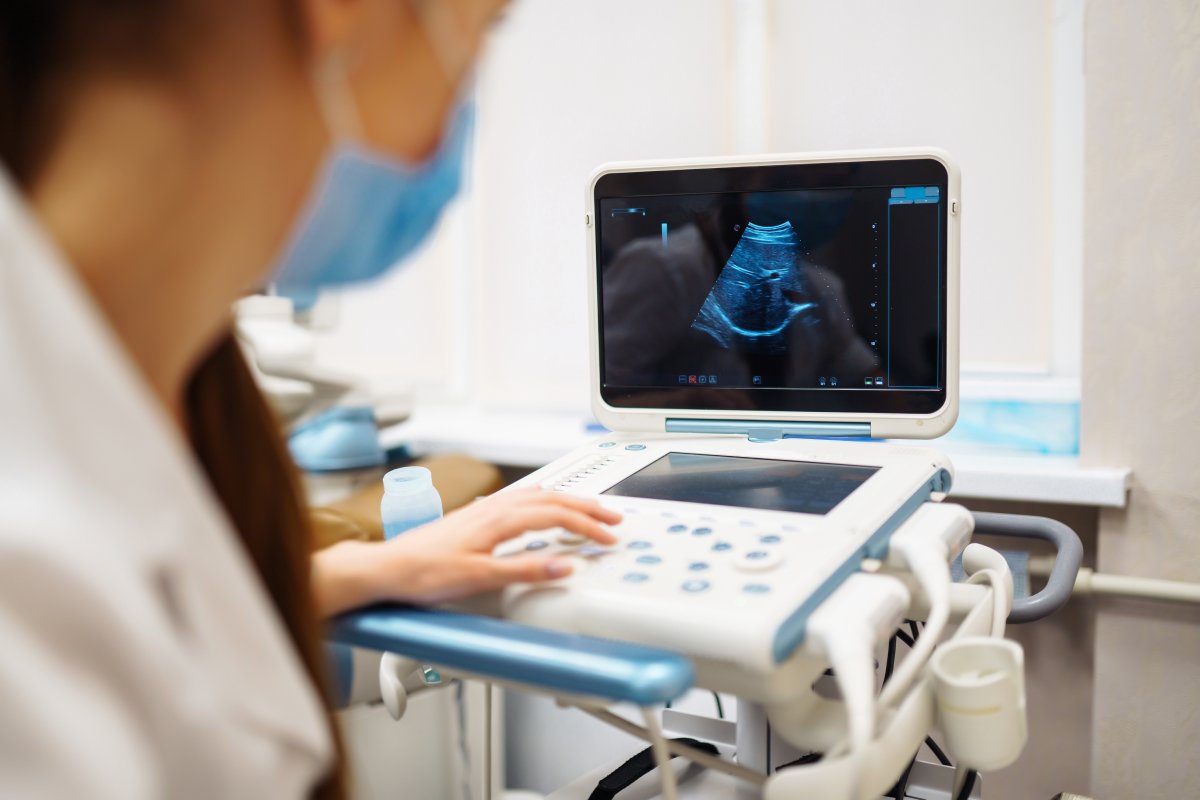Choosing the Right Diagnostic Medical Equipment for Your Practice
TL;DR: Choosing the right diagnostic medical equipment is crucial for accurate patient care. This guide covers essential factors to consider.
- What is Medical Diagnostic Equipment?
- Tools used to detect, diagnose, and monitor medical conditions.
- Types of Equipment
- From stethoscopes to MRI scanners.
- Key Considerations
- Accuracy, durability, maintenance, ease of use, portability, integration, cost, and warranty.
- Top Manufacturers
- Trusted brands like Welch Allyn, Midmark, and Heine.
Diagnostic medical equipment plays a vital role in identifying and understanding various medical conditions. From routine check-ups to complex diagnostic procedures, these tools are indispensable.
Of course, not all diagnostic medical equipment is created equal. But with so many options available, making the right choice can feel overwhelming. Read on to learn more about the essential factors to consider when selecting this essential equipment.
What is Medical Diagnostic Equipment?
As the name suggests, medical diagnostic equipment are the tools and devices healthcare professionals use to detect, diagnose, and monitor medical conditions. These devices help staff obtain accurate information about a patient’s health.
Even something as seemingly simple as a stethoscope is used to detect potential health issues. And, ultimately, these tools provide the information needed to create effective treatment plans and improve the patient experience.
Diagnostic equipment is also beneficial for:
- Identifying diseases at early stages to improve patient outcomes.
- Monitoring chronic conditions to improve management of them.
- Providing detailed insights to create targeted treatment plans.
- Enhancing preventative care by catching potential health issues before they get worse.
- Reducing the need for invasive procedures thanks to early intervention.
Types of Medical Diagnostic Equipment
Diagnostic equipment ranges from simple instruments that are used nearly every day to complex machines. This medical diagnostic equipment list includes some of the most common tools used by medical professionals:
- Stethoscopes: Help detect abnormal sounds indicating potential health issues.
- Otoscopes/Ophthalmoscopes: Used to evaluate a patient’s ear and eye health.
- Blood Pressure Monitors: Essential for diagnosing and monitoring hypertension (high blood pressure.
- Thermometers: Vital for detecting fever, which can be a sign of infection or other medical conditions.
- Ultrasound Machines: Used to monitor fetal development, as well as to examine vital organs.
- Electrocardiogram (ECG) Machines: Detect heart conditions and other cardiac abnormalities.
- X-ray Machines: Diagnose fractures and other conditions affecting bones and tissues.
- Magnetic Resonance Imaging (MRI) Scanners: Essential for diagnosing a wide range of conditions from brain tumors to spinal cord injuries.
- Computed Tomography (CT) Scanners: Used to diagnose internal injuries and cancers.
Who Manufacturers Medical Equipment for Diagnostic Purposes?
Choosing a reputable medical diagnostic equipment manufacturer is often the first step when purchasing new tools. At ExamTablesDirect, we offer a wide range of options from top medical diagnostic equipment suppliers including Welch Allyn, Midmark, and Heine.
These manufactures have decades of experience providing cutting-edge diagnostic equipment. Technology is often at the forefront of their designs to help improve the patient experience and clinical outcomes.

Key Considerations When Choosing Diagnostic Medical Equipment
The medical device industry can feel daunting to navigate. Keep these qualities in mind when choosing new diagnostic equipment.
Accuracy and Precision
The first priority is to ensure the equipment provides consistent and precise results. The tools should be tested and reliable.
Durability
Diagnostic medical equipment is often used multiples times a day. It’s important that your tools can withstand frequent use.
Maintenance
It’s important for your tools to be easy to clean between uses. Similarly, ensure parts are readily available and maintenance is convenient.
Ease of Use
Choose equipment that is intuitive and easy to operate. This can help streamline diagnostic procedures, meaning you can treat more patients in a day.
Portability
Diagnostic equipment often needs to be moved between different rooms or locations. Find options that are portable to enhance efficiency and maximize your budget.
Integration
Pay attention to the compatibility of different devices. Equipment that can easily integrate with other medical systems and electronic health records (EHR) can enhance your practice.
Cost
New equipment always comes with a cost. It is important to balance upfront costs with long-term value and efficiency. This upfront investment can improve efficiency, meaning you can treat more patients and boost your bottom line over time.
Warranty
Always check the warranty terms for peace of mind. Equipment with extended warranties and reliable customer service can be invaluable.
Choosing the right medical diagnostic equipment ultimately comes down the needs of your practice and patient population. While many of the tools included in the above medical diagnostic equipment list are a staple at every practice, some places may need more advanced or specialized equipment.
Asking your medical staff and technicians which equipment they use the most is a great place to start. And when it comes time to purchase new diagnostic tools, turn to ExamTablesDirect. Browse our wide selection of medical diagnostic equipment for sale from brands you know and trust today!
Recent Posts
-
How to Optimize Your Physical Therapy Room Layout with Enough Tables
TL;DR: Optimizing Your Physical Therapy Room Layout Main Points: Balance efficient patient care wi …28th Apr 2025 -
5 Advantages of Blood Drawing Chairs
TL;DR: Blood drawing chairs enhance patient care by improving comfort, safety, and accessibility dur …23rd Apr 2025 -
How to Set Up a Podiatry Clinic: What Equipment You Need
TL;DR: Setting up a podiatry clinic requires careful planning, from designing an accessible, comfort …11th Mar 2025




